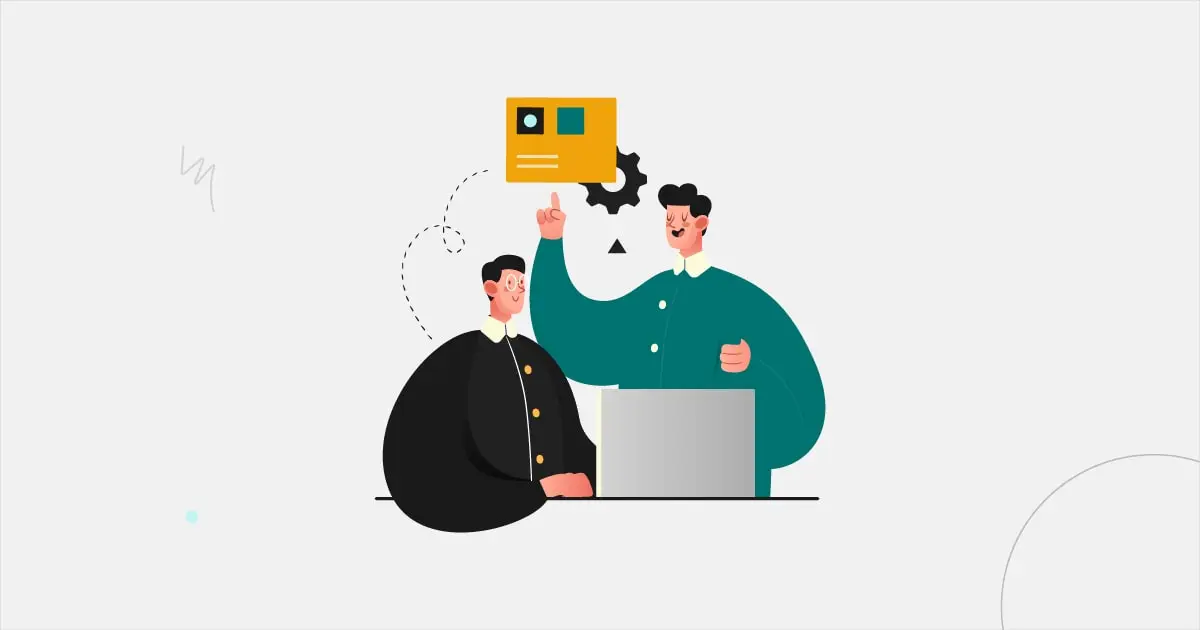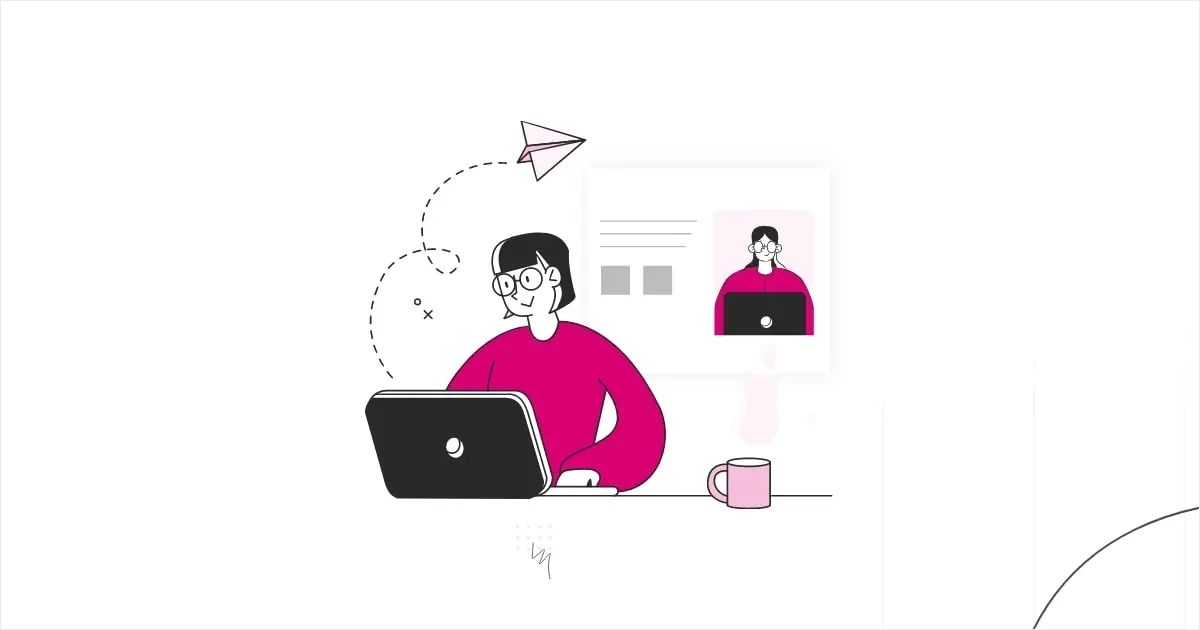Online learning is not merely consuming content at your own pace and convenience. Instead, it includes different training strategies focusing on multiple aspects, from employee engagement and knowledge retention to job productivity and ROIs. Two of the most effective training approaches are gamification and microlearning. While gamification is a widely popular training approach that helps boost learner skills, microlearning focuses on improving learner retention. Many companies are leveraging the idea of combining the two strategies as gamified microlearning to accelerate workforce performance levels and business growth.
Gamification & Microlearning: A Quick Recap
Gamification is an effective eLearning strategy incorporating different gaming elements with online courses to achieve the desired goals. A few gaming elements are-
- Scores and points to provide learner feedback and measure progress
- Badges to showcase individual achievements
- Levels to engage learners during their learning journeys
- Leaderboards to drive collaboration between peers
Gamification provides a fun-filled learning experience, keeping learners engaged and motivated. As per the report by MarketsandMarkets, 2020, The gamification market size in 2020 had a global value of $9.1 billion and is predicted to register an impressive growth rate of 27.4%, reaching $30.7 billion by 2025.
Microlearning focuses on delivering short chunks of information at the point of need. It is an effective training strategy for employees to learn new skills in a short span. A few examples are-
- Short video demos and tutorials help bridge learners’ skills gaps and increase their knowledge.
- Interactive quizzes aid learners evaluate their progress during the entire learning journey.
- Games inspire learners to boost their critical thinking skills and drive collaboration. Gaming elements such as badges and points show individual progress so learners can work on their areas of improvement.
- Podcasts are more engaging, helping learners consume content quickly and anytime on their available mobile devices.
Gamification and Microlearning: Why you Should Combine Them?
The combination of gamification and microlearning can yield improved business outcomes. Multiple benefits of adopting gamified microlearning approach include-
- Higher Knowledge Retention
The delivery of gamified bite-sized training content at spaced intervals boosts knowledge retention. Higher retention results in better performance as employees get more time to apply skills to their job.
- Increased Learner Engagement
Gamification encourages higher participation levels because of the fun elements. Microlearning engages learners due to the short duration of the content. So, gamified microlearning can help increase overall engagement levels.
- Higher Employee Motivation
Many employees find it boring to attend lengthy training sessions. Gamified microlearning motivates learners to gain more knowledge without spending too much time and getting a sense of achievement at the end of the training program.
Gamification and Microlearning: How to Combine Them?
Some key tips on making a perfect combination of gamification and microlearning. These include:
- Gamify Micro Content
When training involves learning a new skill, gamification can be an advantage. You can gamify practice elements (badges, points, levels, etc.) within the eLearning course so that learners can acquire new skills.
- Gamify Learning Paths
Learners who move from one microlearning module to another may lose interest in between. By introducing gaming elements, learners can visually analyze their progress. For instance, giving a badge for completing one micro module can motivate learners to move to another level and complete the course.
- Gamify Assessments
Rather than creating text-based questionnaires and quizzes, you can gamify training assessments. For instance, on completing a training module, managers can share immediate feedback with the participants on the leaderboard. This helps motivate low performers to work on their weak areas and adds a great sense of accomplishment to good performers.
Final Thoughts
Both gamification and microlearning provide a plethora of benefits. When combined, gamification and microlearning can deliver improved business results. Ultimately, gamified microlearning training approach can boost learner engagement, improve knowledge retention, and fuel overall performance and business growth.



